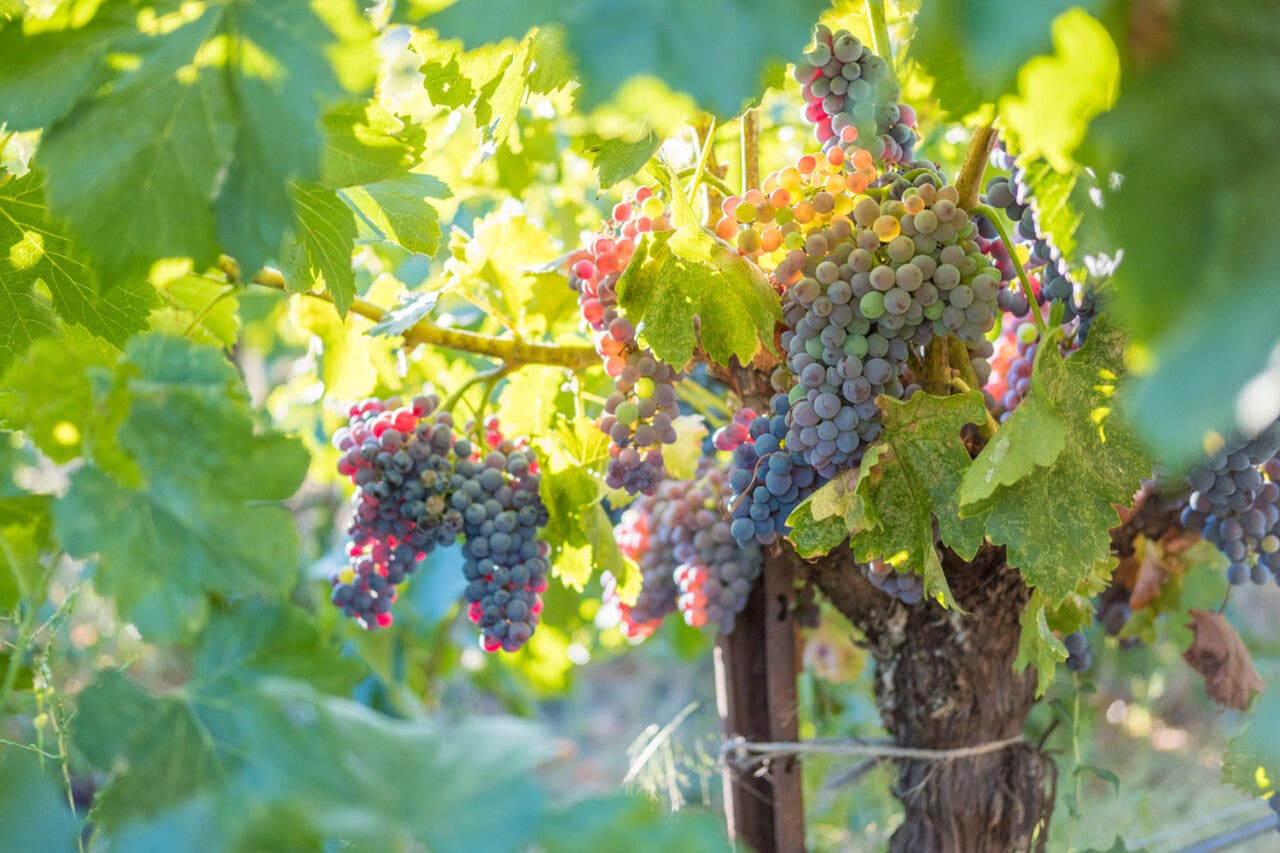As the wine industry has expanded and grown more competitive in recent decades, it has become widely believed that it’s advantageous for New World wine regions to have a signature grape. Examples abound, like New Zealand Sauvignon Blanc, Argentine Malbec, Napa Cabernet Sauvignon and Oregon Pinot Noir. Most producers believe signature grapes help establish new markets.
Though Pinot Noir is grown throughout Oregon, Willamette Valley wineries benefit most from its global success. But is it beneficial that Oregon’s identity is almost exclusively tied to Willamette Valley Pinot Noir?
Reustle Prayer Rock Vineyards’ founder Stephen Reustle, says it’s still news to most consumers outside the U.S. that Oregon even makes wine.
“In my opinion, Oregon’s identity should not be Pinot Noir,” he says. “That is the Willamette Valley’s identity. [Just as] all of France’s identity should not be Pinot Noir.”
In the Umpqua Valley and other Southern Oregon American Viticultural Areas (AVAs), it isn’t Pinot Noir that represents the most interesting wines. Look instead to grapes like Albariño, Grüner Veltliner, Viognier, Malbec, Syrah and Tempranillo.
Abacela’s Earl Jones, who first planted Tempranillo more than two decades ago, praises “the grape varieties that grow and produce the best wines in our distinctive climate…that are not already ‘owned’ by another American region.
“A signature grape or grapes would focus an identity on quality and enhance consumer awareness of our wines,” he says.
Cowhorn’s Bill Steele agrees, but he says that he’s “not sure we will ever find that variety.” In his view, there’s too much biodiversity and widely differing microclimates.
Reustle agrees that Southern Oregon’s diverse climate and soil conditions prohibit a single variety rising to become the calling card for the entire region. In the Umpqua Valley, Reustle says, more than 20 different varieties are being grown among just a handful of the area’s wineries.
“So who is to say what is the signature grape?” says Reustle. “It is different for each site.”
A signature wine or blend is not something producers can create from thin air. It must evolve from a track record of sales and ratings success spread over multiple producers and vintages.
“In my opinion, Oregon’s identity should not be Pinot Noir. That is the Willamette Valley’s identity. [Just as] all of France’s identity should not be Pinot Noir.” —Stephen Reustle, Reustle Prayer Rock Vineyards
A good example is in Washington State, initially tagged as a Riesling-only state that was too cold for reds. It was then criticized for making so many different wines in so many different styles.
And yet today, Washington producers can point to their Syrah as a distinctive, world-class wine, and the state also competes at the highest level with Cabernet, Merlot and Riesling from around the world. Southern Oregon may well evolve in similar fashion.
Currently, the best option for Southern Oregon is Tempranillo. In Spain—especially the Rioja and Ribera del Duero regions—Tempranillo produces exceptional, expressive wines. Yet, unlike the Rhône grapes that have proliferated in the western U.S., Tempranillo remains almost invisible as a varietal wine.
The most recent acreage statistics for California show less than 900 bearing acres of Tempranillo in the entire state, placing it 19th among all red varieties. To the north, the Washington Winegrowers Association only includes the grape in its unspecified “Red-Other” category in harvest reports.
Meanwhile, a recently released Oregon Vineyard Report shows 343 planted acres in 2016, which puts Tempranillo slightly behind Merlot and a respectable fifth among all red grapes in the state.
Perhaps the problem is just that there’s not a lot of Tempranillo being produced on the West Coast as a whole. But for the Southern Oregon wine industry, this gives talented producers a tempting opportunity to claim something as their own. It won’t work for everyone. But Tempranillo would be a good starting point for many producers, and let’s face it, if you see a little daylight, why not run for it?
Published: October 24, 2017















